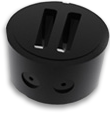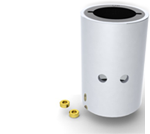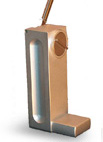Analytical Ultracentrifugation (AUC)
UC is widely used in academic settings, as well as the pharmaceutical, food and polymer industries. There are various types of AUC experiments, among which sedimentation velocity and sedimentation equilibrium are the most common. In sedimentation velocity (Figure 1), the rate of boundary movement (s) and the boundary spreading (D) provides information about the mass, size, shape and interactions of molecules. Sedimentation equilibrium (Figure 2) provides thermodynamic information about the solution molar mass, interactions and nonideality of molecules. Molecules with molar masses from a few hundred to several hundred million can benefit from AUC analysis.
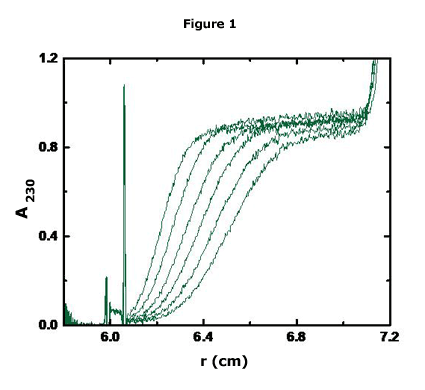
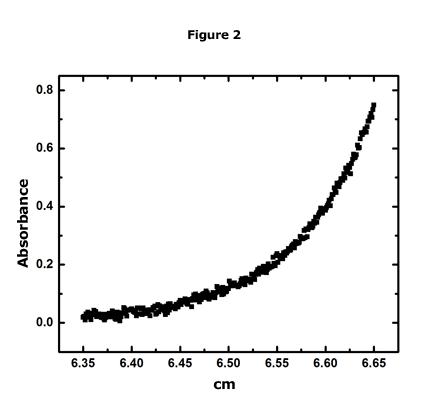
Please find comprehensive information on Analytical Ultracentrifugation and the various techniques to be performed on the Nanolytics (https://www.nanolytics.com/about/analytical-ultracentrifugation/auc-introduction/) website and on www.analytical-ultracentrifugation.com.
In AUC analysis, a variety of optical systems may be used to obtain concentration profiles (Figures 1 and 2) from the spinning sample. In addition to the centrifuge and optical systems, AUC data acquisition requires the use of specialized components: rotors, sample holders (cells and centerpieces), window assemblies, gaskets and seals. Many of the components are made only by Spin Analytical. In addition, Spin Analytical makes a variety of unique tools that ease cell assembly, alignment and cleaning. All of our cells, components and tools are compatible with the Beckman-Coulter XLA/I, ProteomeLab and Optima AUC.
Since 2024, our complete product line is supplied by Nanolytics Instruments, Potsdam, Germany as Spin Analytical has ceased operation for retirement reasons.

